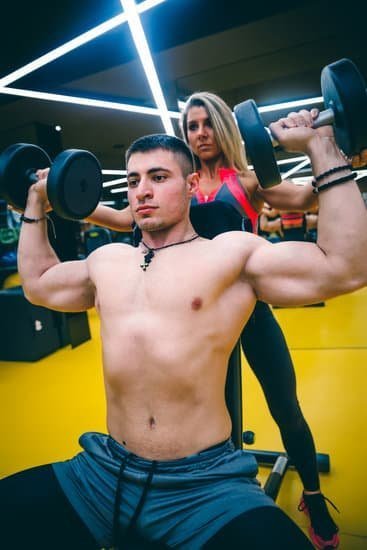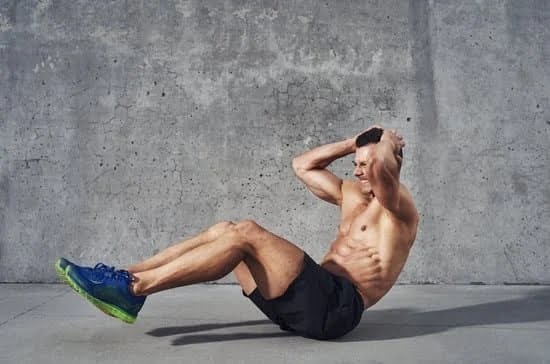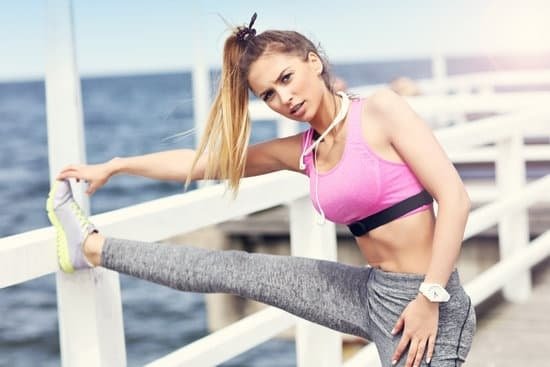Introduction
A well-designed personal training studio offers many advantages. It can provide a comfortable, efficient, and enjoyable setting for clients while helping the business owner maximize their profits. In addition to the obvious advantages of providing a pleasant location for customer service, a well-designed studio increases efficiency by minimizing disruptions, promotes healthier habits through encouraging physical activities, and encourages customer loyalty through emphasizing inclusivity and professionalism.
Advantages of A Well-Designed Personal Training Studio
Comfort & Efficiency: A well-designed personal training studio should be spacious to accommodate different exercises and activities but not so large that it becomes overly cluttered or requires excessive maintenance. The flooring should provide comfort for the client as well as being durable enough to stand up to countless hours of hard use. Additional considerations include adequate ventilation and climate control to ensure the client’s comfort during their workout.
Promotion of Healthier Habits & Physical Activities: It is important that any design of a personal training studio encourages healthy living by emphasizing physical activity with functional equipment that offers safe access for participants of all ages. Additionally, good design can help keep clients motivated by providing inspiring visuals such as motivational posters or photos from previous successful fitness journeys.
Encouraging Customer Loyalty: The design should also promote an inclusive atmosphere by creating settings that are free from judgement or competition while still offering necessary privacy when needed. Professionalism should be emphasized in any workspace design with high quality materials used in all aspects of interior aspects such as lighting, signage, furniture etc… Finally, amenities such as water fountains or changing rooms can be included to enhance customer experience and encourage repeat visits to the studio.
Design a Dynamic Layout
When it comes to personal training studio design, the layout is key. It’s important to think carefully about how every inch of space will be used in order to optimize your studio. One way to create a dynamic layout is by considering how individual segments of the space can be used for different types of workouts. For example, you may want to set up separate zones for cardiovascular equipment, strength-training machines, free weights and stretching areas. You could also incorporate functional fitness components such as battle ropes and exercise balls for added variety. Creating distinct areas within your personal training studio will allow you to easily transition from one type of workout to the next without compromising on floor space or storage capacity.
Another way to maximize space is with multi-functional equipment that offer multiple functions in one machine such as devices like cable crossover systems which feature both pulldowns and presses for full-body workouts. Consider incorporating adjustable benches or racks into your design plan as these pieces are small, occupy little floor space but offer ample storage opportunities. In addition, adding mirrors in strategic locations within the studio helps clients monitor their own form and progress, conveniently reflecting different exercises across the entire flooring area. Finally, consider adding wall art or motivational posters as a finishing touch that gives your gym personality while keeping things functional and organized at the same time!
Outfitting with the Most Appropriate Tools and Equipment
When it comes to designing a personal training studio, it is important to include the proper tools and equipment for maximum effectiveness. This should include appropriate items such as free weights, machines, benches, and other tools like kettlebells, resistance bands, medicine balls and more. This equipment should be tailored to allow the client to reach their goals while providing flexibility in working out different muscle groups. It is also important to ensure proper support structures are in place such as an adjustable cable system with varying levels of resistance and custom workout plans that can be adjusted over time as the client progresses or makes changes. Finally, incorporating speakers into the design will ensure that the trainer can cue clients through exercises while listening to motivating music or audiobooks during workouts.
Using Colors and Lighting to Match Goals
When it comes to personal training studio design, using colors and lighting to match goals is a key consideration. Working out in a room specifically designed as an exercise space can create a positive, motivating atmosphere that helps clients focus on their workouts without distractions. The two most important areas for color selection are the walls and floors. For example, cool blues on the walls can create a calming feel; warm reds can bring energy and vibrant greys can provide a more subtle option. As for floors, warmer tones will help set a calm ambiance; however, light hues are better suited for rooms with lighter traffic patterns because they’ll show potential stains more easily than darker ones.
Lighting can also have an significant impact on how someone feels during their workout session. Natural light is always the best option but when that isn’t available or feasible other options should be chosen based upon the activity occurring within the room. Higher intensity activities may require brighter fluorescent or LED lighting whereas activities such as Pilates or Yoga may benefit from moodier lighting like candle lamps or strings of fairy lights. Additionally, making use of accents like wall art and wall washers throughout each area of the fitness studio will help elevate its overall aesthetic feel. Bringing in various plants and utilizing interesting textures also allows trainers to customize each space according to its purpose: whether it be yoga, weightlifting, machines-based exercises, etc.. Spending time designing each station so it reflects your desired activity is key to having an effective workspace that caters to all types of exercisers’ needs.
Artistic Touches
Creating an experience which is visually appealing and inviting is a key part of helping foster a successful personal training studio. Artistic touches can add personality and beauty to the space. Consider incorporating wall art, including murals that show off your brand’s personality or artwork from local artists that speaks to your ethos. Hang colorful banners throughout the studio, as this draws attention to walls and adds character. You could also use lighting to create a particular ambiance. Feature lights that pair with specific workouts, such as disco-ball style for Zumba classes or soothing colorful background shots for yoga classes. Utilize different aromas related to the type of workout you are providing – like energizing scents like peppermint or citrus if you offer cardio classes – by diffusing essential oils into the air. Finally, consider adding plants throughout the studio – they bring life and color while purifying the air quality.
Accessibility and Comfort
Personal training studio design should be comfortable for both the trainers and their customers. Of utmost importance is that the studio creates an accessible environment for those with disabilities. When designing a personal training studio with these considerations in mind, install wider doorways and hallways to allow access for wheelchairs and walkers, as well as adjustable height support bars. Where possible, incorporate lowered countertops and storage units, free of any obstructions. Ideally, all equipment should also be adjustable so users can effectively work at their own heights when exercising. Ensure accessibility by selecting fitness equipment such as upright bikes that are suitable for different body types and sizes, as well incorporate non-slip surfaces in wood floors or on exercise machines to protect against slipping hazards. Furthermore, set up comfortable seating areas within the gym area so that those with disabilities or injuries can rest while the other customers use the facilities. Lastly, select materials with low volatile organic compounds (VOCs) to guarantee better air quality indoors.
Utilizing Technology Tools and Apps
As a personal trainer, it’s important to stay up-to-date on the best technology tools and apps that can help you with your business. There are a variety of tools and apps available which can streamline scheduling, tracking progress, creating marketing material, communicating with clients and more. For example; a scheduling or calendar app can allow you to track new and recurring appointments for your clients, free them from having to remember when their sessions are scheduled, plus make sure that all repetition has been achieved in an optimal timeline. Apps dedicated to the tracking of client progress will enable you to keep track of progressions in weights used, reps performed and caloric output achieved over time. This data will help immensely with workouts created tailored specifically to the individual goals of each client as well as having backup records if needed. Creating professional marketing materials is also made easier using creation tools such as Canva which allows designers or anyone with creativity to create attractive material specific for your own studio needs. Finally communication between you and the clientele is essential whether sending out notifications about upcoming session reminders or providing advice on meal plans etc. Through the use of social media messaging apps such as watchmojo, hangouts and whatsapp it’s easier than ever before to stay connected 24/7 quicker than emails can offer. Investing into modern technology might seem be a drain at first but in fact its an easiest way for you to stay up-to-date and organized which is crucial for running any professional business – especially one as specialized as personal training studio!
Closing Thoughts
When it comes to perfecting the perfect personal training studio design, there is no one size fits all approach. The best ideas will depend on the goals of your business and the space in which you are designing, but there are a few key elements that can make any space stand out. First, consider using natural light sources to give your space an inviting atmosphere. Also, don’t forget to add stylish yet functional furniture and equipment pieces designed to suit your clientele’s fitness needs. Additionally, ensure that your walls provide a slightly muted palette for a calming effect and that flooring is comfortable and easy to keep clean. Finally, pay careful attention to how much storage you will need; this will help you create an organized space where trainers can easily find what they need. When done well, a personal training studio design can be an attractive and valuable asset for any trainer’s business.

Passionate about providing useful information to anyone with an interest in the field of Personal Training, I strive to pass on to our readers quality information and to answer any questions about Personal Trainers, the work they do and how to become one.





